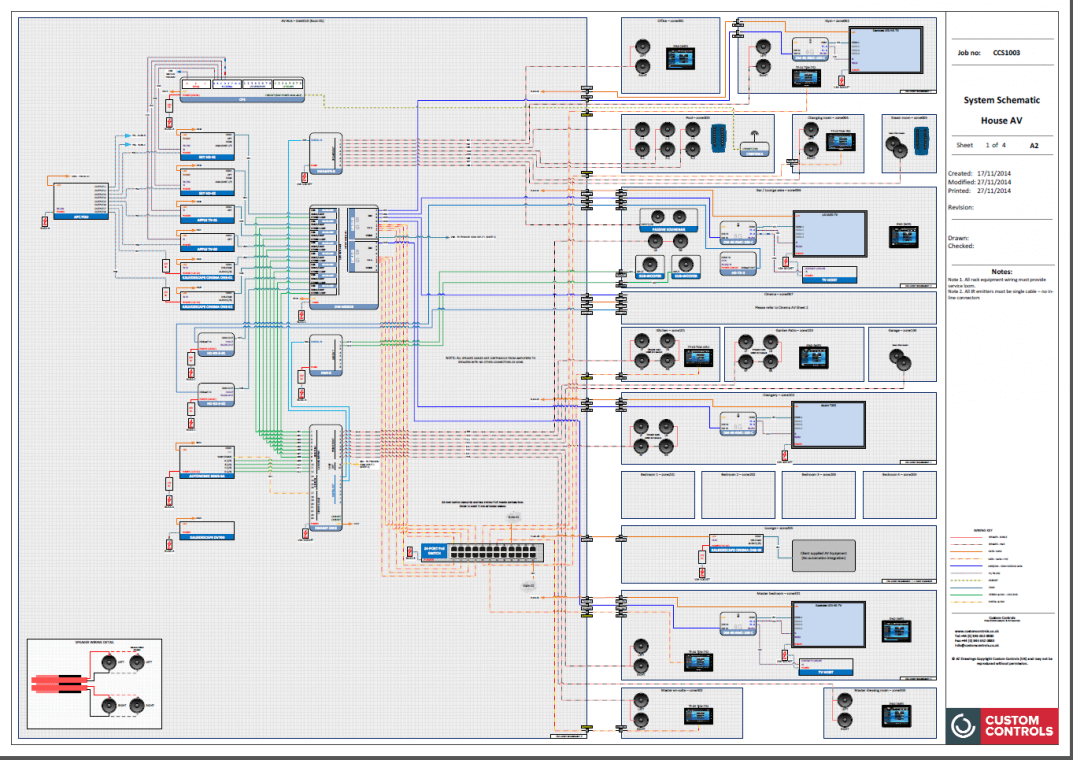A single major benefit of audio over IP systems is its ability to link multiple devices and systems seamlessly. Traditional broadcasting frequently relied on intricate wiring and physical connections, which could be burdensome and limited. With AoIP, broadcasters can readily connect mics, audio consoles, and other equipment through a shared network. This convergence allows for remote broadcasting and live transmissions from virtually any place, making it simpler to reach listeners across the globe. As a consequence, broadcasters can react quickly to ongoing events and listener demands, leading to more vibrant and engaging content.
Additionally, AoIP systems supports high-quality audio formats that improve the auditory experience. Unlike traditional broadcasting techniques, which may diminish sound quality, audio over IP can preserve the purity of the audio stream throughout the delivery procedure. This means that audiences can enjoy clearer and more detailed sound, regardless of whether they are listening in via terrestrial radio, broadcasting over the internet, or employing portable devices. The capability to provide premium audio is especially crucial for musical and talk shows, where every detail matters to the listeners.
Additionally, the adoption of audio over IP systems can lead to financial efficiencies for media companies. By leveraging existing infrastructure infrastructure, companies can remove the need for expensive hardware and large-scale cabling. This not only lowers upfront costs but also lowers maintenance expenses over time. Broadcasters can allocate resources more efficiently, investing in content creation and talent development. As a result, the entire media industry can gain from enhanced creativity and creativity, as financial resources are reallocated toward improving programming and engaging with audiences.
In conclusion, the transition towards audio over IP technologies is changing the media landscape. By allowing seamless connections, enhancing audio quality, and reducing costs, AoIP is paving the way for a more connected future in broadcasting. As media organizations continue to adjust to these changes, they will be more prepared to satisfy the demands of their click here for more info listeners, create captivating programs, and remain competitive in an constantly changing industry. The future of broadcasting is bright, and audio over IP will play a key role in defining the manner in which we experience audio programming in the years to follow.
